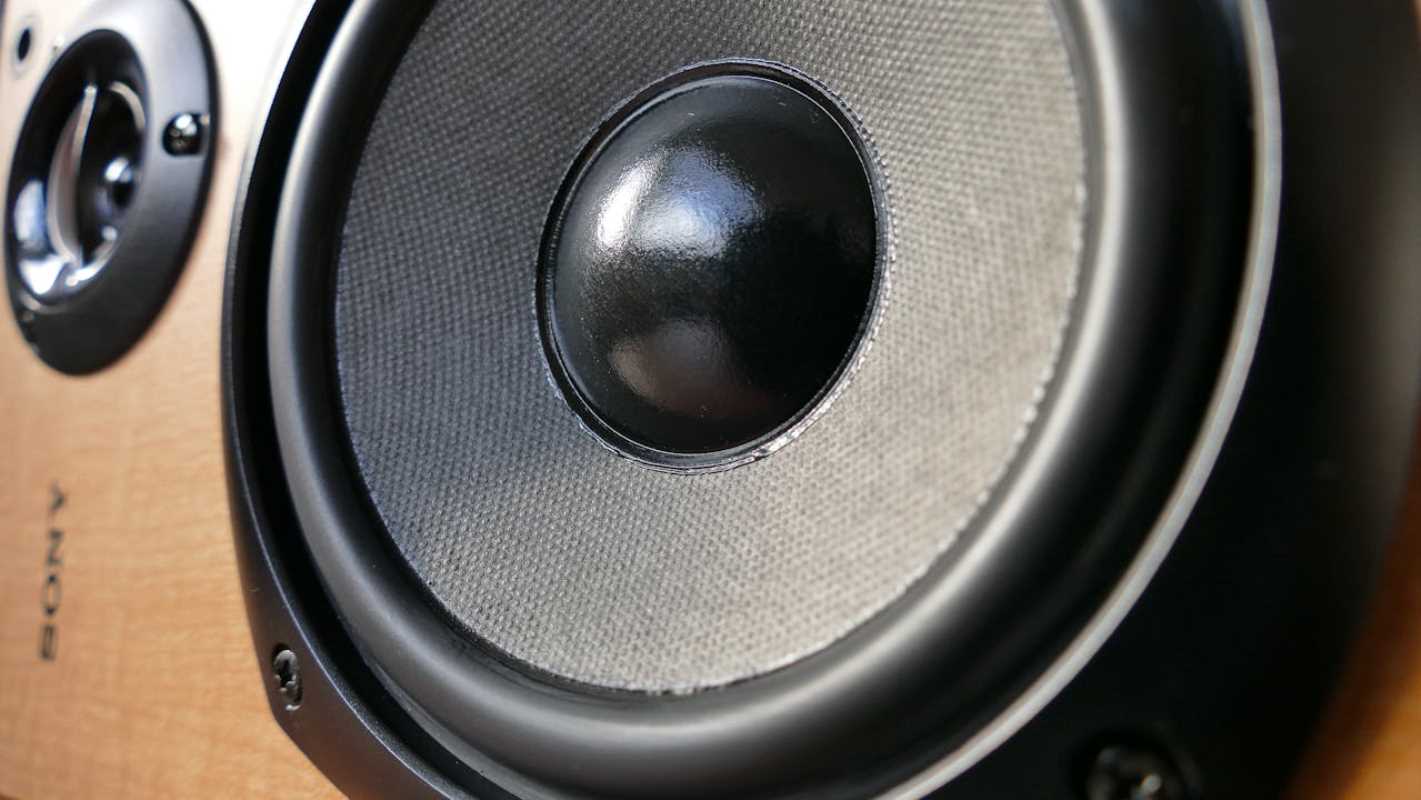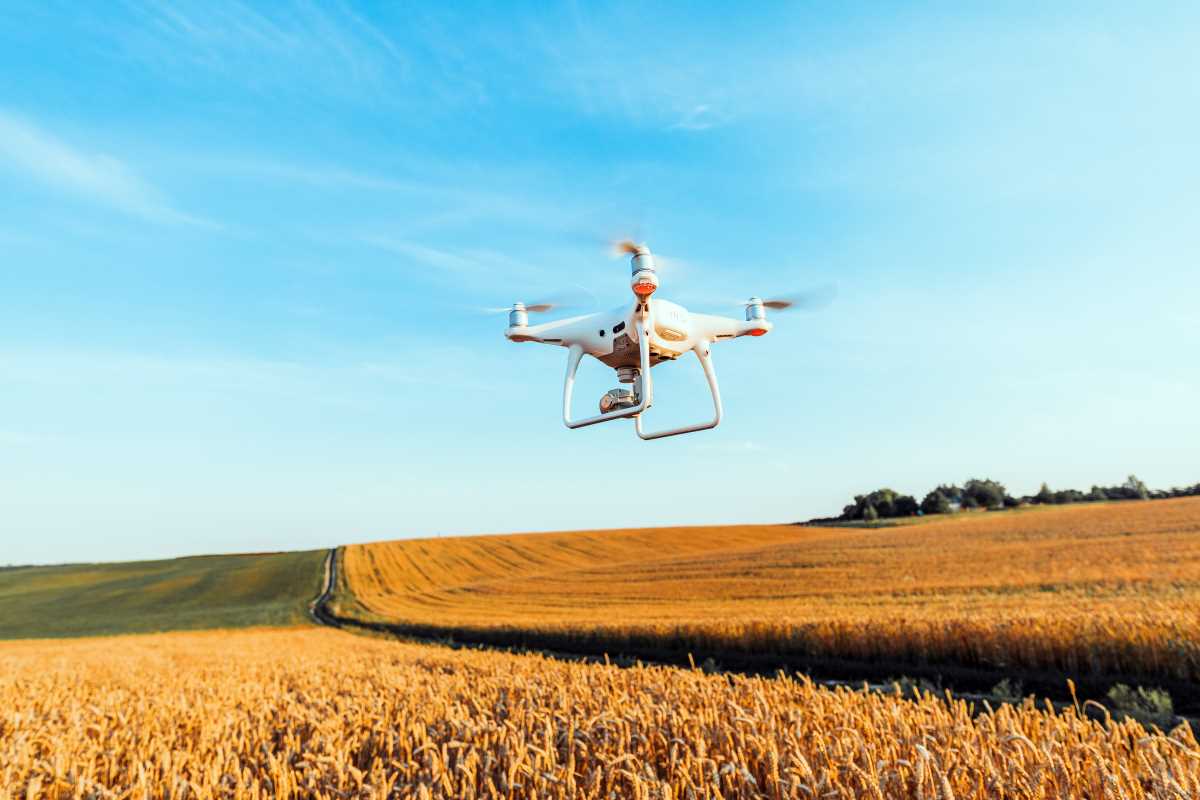Acoustic intelligence is fast emerging as a game-changer in the security landscape. By leveraging the power of sound, this innovative technology is redefining what it means to keep assets and environments safe. If you’ve thought of security systems in terms of cameras, alarms, or even biometric scans, it might be time to add sound to that list. Acoustic intelligence harnesses sound patterns, voice recognition, and ambient noise analysis to deliver a new layer of precision and adaptability in security solutions.
How can this technology be applied, and more importantly, what are its benefits and challenges?
What Is Acoustic Intelligence?
At its core, acoustic intelligence revolves around the analysis of sound waves to identify patterns and signals. The technology captures audio data and processes it through advanced algorithms to identify important insights. Whether it’s distinguishing between footsteps versus a breaking window, or recognizing an authorized voice in a high-security area, acoustic intelligence serves as both a monitoring and access tool.
Unlike other forms of security, it benefits from being non-intrusive and omnipresent. With a properly configured system, it can operate in the background, analyzing and acting on sound without the need for human intervention.
Applications of Acoustic Intelligence in Security Systems
This cutting-edge technology is already finding its way into various sectors where security is paramount. Here’s a closer look at some of its key applications:
1. Voice Recognition Systems
Voice recognition, a subset of acoustic intelligence, has been widely adopted for identity verification. It allows access control systems to authenticate users based on their vocal patterns. Banks, for instance, are using voice recognition to enhance customer verification for over-the-phone transactions, reducing the risks associated with stolen account details or impersonation.
Advanced systems don’t solely rely on the content of what is being said. They also analyze vocal tone, pitch, and rhythm to confirm identity. Such measures make it significantly harder for security breaches to occur through voice imitation or recordings.
2. Sound Pattern Analysis in Environments
Acoustic sensors are increasingly playing a role in covert monitoring. These systems detect and analyze specific sound signatures, such as glass breaking, loud clashes, or gunshots. For instance:
- Retail Stores use sound pattern analysis to deter shoplifting or to detect unauthorized activity during non-business hours.
- Public Spaces and Schools employ sound detection to identify potential threats, such as gunfire or aggressive disruptions, signaling security teams to respond rapidly.
One notable example is how smart cities have integrated acoustic sensors into urban infrastructure to detect and analyze street noises. This allows officials to respond promptly to public disturbances or emergencies.
3. Machine Learning-Driven Noise Profiling
Acoustic intelligence can profile regular noise environments and detect unusual deviations. For example, in a manufacturing setting, an acoustic system might learn the sound patterns of correctly functioning equipment. If an anomaly such as grinding or irregular vibrations is detected, it can alert teams to a potential fault before it escalates into costly downtime.
A similar principle applies to security. Noise profiling in office buildings can differentiate between normal vs. suspicious activity and enhance the overall effectiveness of the surveillance systems in place.
4. Hands-Free Secure Entry Systems
Acoustic intelligence also enables hands-free authentication using voice commands. Imagine walking up to your office building and identifying yourself to the system verbally. These systems are particularly appealing for areas needing biometric-grade security without requiring constant direct interaction.
Some advanced secure-entry interfaces even combine voice recognition with contextual responses from the user, adding additional layers of security while maintaining convenience.
Key Benefits of Acoustic Intelligence in Security
Why is acoustic intelligence gaining attention in an already crowded field of high-tech security tools? Here are some of its major advantages:
1. Precision and Accuracy
Modern sound-based systems operate with incredibly high accuracy. They can distinguish between similar sounds (e.g., footsteps vs. a falling object) and perform complex voice analyses reliably. This precision minimizes false alarms, which plague traditional sensor-based or motion-activated systems.
2. Non-Intrusiveness
Acoustic systems offer discreet security by functioning passively. Unlike traditional setups that may require physical barriers, passwords, or intrusive surveillance, sound-based systems can analyze environments seamlessly. This makes them ideal for privacy-conscious spaces such as healthcare facilities or luxury accommodations.
3. Adaptability Across Sectors
Because sound is a universal phenomenon, acoustic intelligence can be adapted across diverse settings. Whether it’s monitoring patient rooms, ensuring airport security, or safeguarding warehouses, its versatility stands out. Additionally, with the ability to function in conjunction with other security measures, it proves to be a complementary addition rather than a standalone system.
Challenges and Limitations
While promising, acoustic intelligence isn’t without its challenges. Understanding these hurdles is key to optimizing its implementation:
1. Privacy Concerns
Acoustic surveillance can tread a fine line between safety and privacy. Continuous recording or analysis of sound raises ethical and compliance concerns, especially in personal or sensitive areas. To gain public acceptance, organizations must establish clear guidelines on data collection and ensure transparency in its use.
2. Accuracy in Real-World Environments
Standardized environments like office spaces or banks offer consistent sound profiles, allowing higher accuracy for detecting anomalies. However, real-world settings with significant sound overlap, such as crowded streets or busy event venues, can complicate detection. Training systems with diverse data remains a critical challenge.
3. Implementation Costs
The integration of sophisticated acoustic systems into existing infrastructure can be expensive, especially for organizations without adequate high-speed processing power. These costs may deter smaller businesses or lower-budget operations from adopting the technology widely.
Acoustic Security Systems in the Future
The future of acoustic intelligence is undeniably bright. Advancements in machine learning, speech recognition, and sensor technologies are pushing boundaries, making systems smarter, faster, and more reliable.
Innovation will also likely focus on seamless integration with other security systems like video surveillance, IoT devices, and real-time analytics platforms. This convergence means the systems of tomorrow will offer unparalleled situational awareness while adapting to specific security needs.
Meanwhile, addressing concerns like transparent data collection and energy-efficient deployment will help accelerate adoption across various industries.
 (Image via
(Image via





